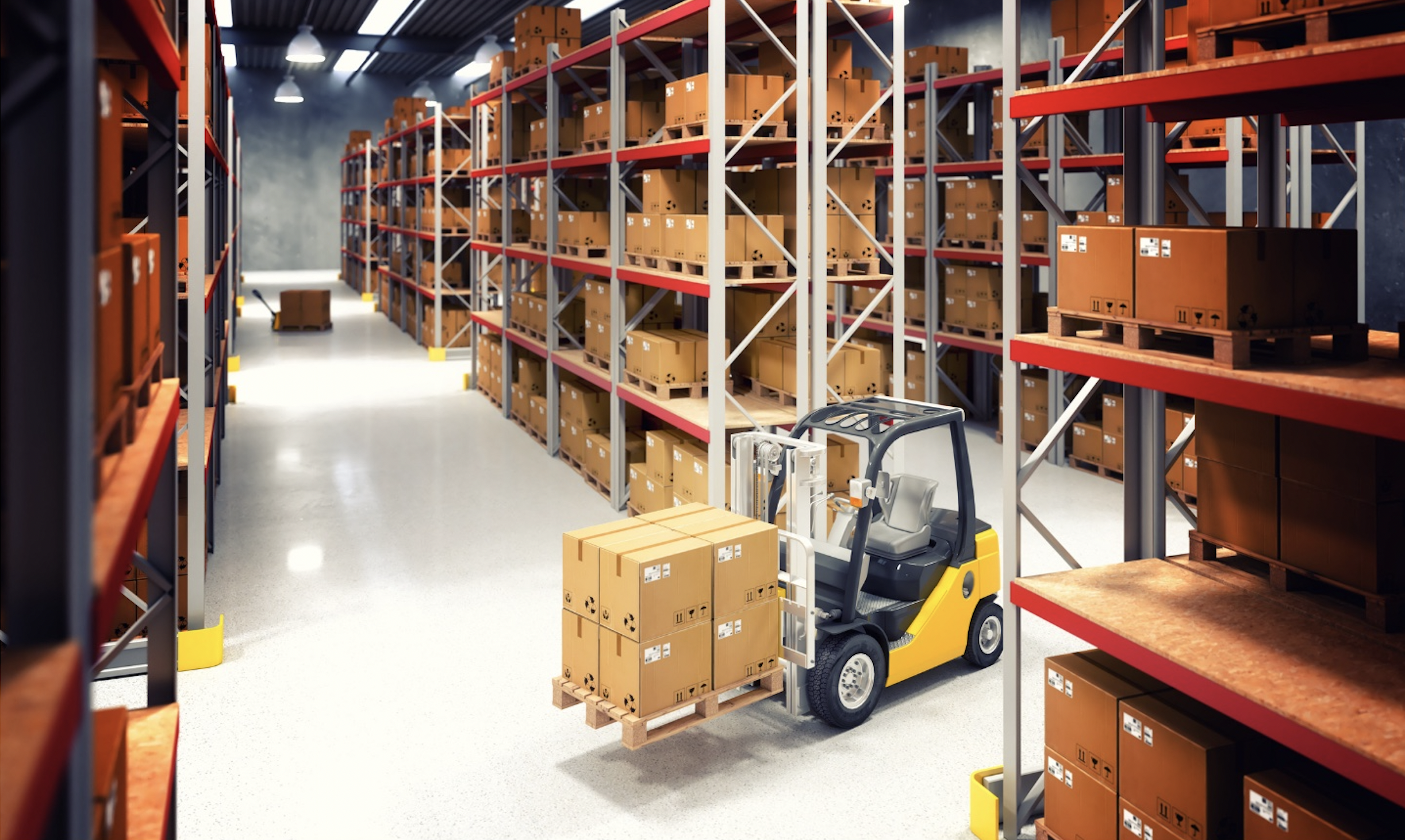Acumatica ERP Distribution Tools: Sales Order Management
It used to be enough to deliver quality goods on time, but that is changing as consumer’s expectations are rising and companies continue to push the...

Supply Chain Management (SCM) is the management of the movement of products and services and includes all of the processes within your business that transform raw materials into final products. In software terms, it provides a view on how all aspects of your supply chain are working together.
SCM is critical because it gives you visibility into all of the links in your supply chain. With the ability to see how all links in the supply chain are performing, you can remove bottlenecks. This is the primary goal of an effective SCM strategy – to actively streamline your business’ supply-side activities. By streamlining these activities and eliminating bottlenecks, you increase customer satisfaction and your competitive advantage by ensuring a product or service is there when it’s needed or desired.
A supply chain is when a person or a company participates in the exchange or delivery of goods. This includes anything from buying your groceries to receiving the raw materials to make computer parts. As long as products, money, or materials exchange hands, you are part of a supply chain.
SCM oversees each touchpoint of a company’s product or service, from start to finish. An SCM can help you with both local and global supply chains. It also provides a supply chain system with clear and well-understood supply chain activities. By managing the supply chain, companies can cut excess costs and deliver the products to the consumer faster.
The term “Supply Chain Management” was first used in 1982 by Keith Oliver during an interview:
Supply chain management (SCM) is the process of planning, implementing and controlling the operations of the supply chain with the purpose to satisfy customer requirements as efficiently as possible. Supply chain management spans all movement and storage of raw materials, work-in-process inventory, and finished goods from point-of-origin to point-of-consumption.
— Keith Oliver
However, he wasn’t the father of the concept. The concept for SCM came into existence during the early twentieth century as part of the industrial revolution. By using assembly lines to speed up production, businesses accelerated the process of purchasing, manufacturing and delivering products. This newfound efficiency helped companies increase their profit significantly. The first supply chains would have been simple and straightforward. With only one or two people managing the coming and going of goods. The rest of the team would be devoted to manufacturing.
Today, supply chains have gotten large enough to span the globe. This means that they can no longer be managed comfortably by a small group of people. With the increased need to keep track of an entire supply chain, SCM software was developed.
SCM software was first introduced as part of enterprise resource planning (ERP) systems during the early 1990s. The term SCM gained popularity in 1999. After the publication of the book Introduction to Supply Chain Management by Robert Handfield and Ernest Nichols. Even though SCM is part of another solution (ERP), it serves a vital role in keeping a business running. Businesses run on inventory, product availability, delivery and margins. These are all things that SCM controls as part of its base functionality.
A well-managed supply chain will give your company the competitive advantage it needs to succeed. The improvements in productivity and efficiency that come from an effective SCM go straight to the bottom line of a company and have a real and lasting impact.
When done successfully, these three business benefits combine to help your operation be as successful as possible.
SCM involves several departments throughout your company, working together to ensure efficiency. These departments include:
The key elements of SCM can be wide-ranging and varied. Here are a few:
The purpose of an ERP is to manage all transactions in a business. This includes but isn’t limited too:
An ERP can even obtain the best-cost transport solution quote online via integration with package/freight companies. A correctly implemented ERP is crucial to providing excellent SCM to any mid-size or larger business.
EDI facilitates the integration of external systems by providing a safe, secure way to exchange data and payment information between companies.
For example, a shipping manager may need multiple quotes before shipping a large delivery to find the best price. They can use the company ERP system to ‘find the best quote for order #12345’. Once this command has been given to the system, an EDI transfer is initiated. This goes to a central network to download shipping costs, based on the details of the shipping order. Once the best quote is selected, the shipping manager can then approve the quote, book the delivery — all in one easy transaction. No duplicate data entry, no errors introduced. Just quick, easy and convenient.
A TMS can be in the form of either a standalone application or a module within an ERP system; either way, it is crucial for busy distribution centres. A TMS can take over many of the essential functions of the shipping department including:
A TMS provides a focused level of shipping functionality that many ERPs lack. Designed to work with the internal systems of major carriers, a TMS can automatically provide updates and transport management.
A WMS manages all operations of a warehouse, including SCM supporting ones such as:
Available as stand-alone or as a module within an ERP, a WMS is crucial for warehouse operations. Using a WMS will help your company provide your product or service in the most cost-effective way.
The future of SCM is dependent upon access to and sharing of information. This applies to information about shipments, costs, regulations and environmental factors that impact delivery. By having this information on hand, your business will be able to handle and predict future problems. An SCM is an effective way of organizing and accessing all of the information that is important to modern businesses.
To take advantage of technology and information, an SCM system must:
There are a lot of factors that come together to signal that it might be time to invest in an SCM. It could be that your inventory is poorly managed or shipments are being sent to the wrong addresses. Whatever the final straw is, there are some definite benefits to having one in place.
Supply Chain Management is a crucial aspect of every business. If your supply chain is poorly managed, there is a chance that you are missing out on opportunities.
Acumatica provides accurate and timely information, as well as the functionality needed to resolve issues and update management and customers readily. Their modern distribution business software provides true, company-wide inventory data that lets you create proactive, responsive replenishment operations and minimize inventory costs.
Depending on your business’ supply chain processes, you may need additional Acumatica cloud ERP software such as Advanced CRM, Commerce Integration, or Business Intelligence. The good news is that you don’t have to figure this out on your own. We are a gold-certified Acumatica implementation partner. Our team are experts in figuring out what cloud ERP software you need and we’re readily available to answer your questions!
It used to be enough to deliver quality goods on time, but that is changing as consumer’s expectations are rising and companies continue to push the...

Are you looking into distribution management solutions for your business and becoming overwhelmed with all the options and the task of...

Distributors of any size face many of the same global challenges. These challenges include, rapidly changing customer demands, complex product...